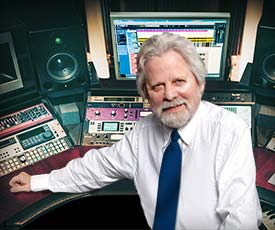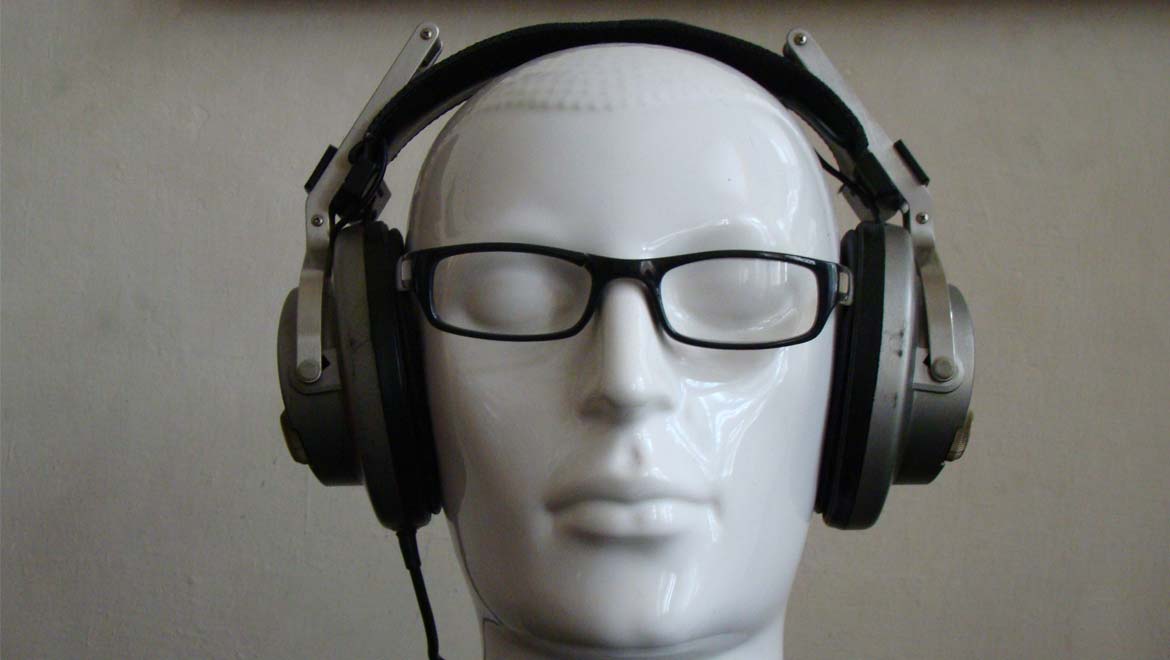Low-frequency noise (LFN) has important effects on our health, including vertigo, disturbed sleep, stress; hypertension and heart rhythm disorders. Sounds audible to the human ear are in the frequency range of 20 – 20,000 Hz. At either end of this spectrum, the sounds are barely audible.
In audiology, the measured range is restricted to the frequencies relevant to speech, so around 125 - 8000 Hz. The maximum amount of sound pressure that is bearable to humans is 140 dB. Beyond this and we start to feel pain. As a rough guide, heavy traffic generates about 80 dB and a normal conversation around 60 dB. We also know that noise above 50 Hz can be heard by the average normal hearing person, whilst noise below 5 Hz is not audible to anyone.
The region in between is not audible, unless the sensitivity of a person’s outer hair cells in their ears are altered. Frequencies lower than about 20 Hz cannot be heard by the average person, but they can be sensed as vibrations. But how do these frequencies affect us?
State of mind
Most of us live the majority of our lives in a state of primarily beta brain waves. There are five main categories of waves. These are:
- Delta Waves (0.2 Hz – 3 Hz). Delta is the slowest band of brainwaves and is experienced in deep and dreamless sleep.
- Theta Waves (3 Hz – 8 Hz). Theta brainwaves are present during deep meditation, relaxation and light sleep, including the dream state. If we proceed systematically in this procedure then these waves will affect our consciousness and our body state.
- Alpha Waves (8 Hz – 12 Hz). In the alpha wave state, you’ll most likely feel awake but also simultaneously quite relaxed and without a loss of brain function, like you would if you were very tired.
- Beta Waves (12 Hz – 27 Hz). In the beta state you are essentially wide awake. Beta brainwaves are associated with normal waking consciousness and a heightened state of alertness, logic and critical reasoning.
- Gamma Waves (27 Hz and up). The Gamma wave state is associated with expanded awareness, creativity, heightened intuition, enhanced mental clarity and focus, deep feelings of peace, joy and oneness, formation of ideas, language and memory processing, and various types of learning.
The way of the future
Dr. Jeffrey Thompson, from NeuroAcoustic.com, produces and educates about using sound for stress reduction, relaxation, sleep enhancement, mega-learning, creativity, peak performance, meditation and higher states of consciousness. Your brain is comprised of a tight network of nerve cells, all interacting with one another and generating an overall electrical field.

Dr. Jeffrey D. Thompson (Neuroacoustic)
This is dependent on the sounds we hear at the time. So, if we control the quality of sounds we hear, maybe we will also be able to control the state of our mind and body.
Top image: Headphones with glasses (head) (CC BY-SA 3.0)







No comment